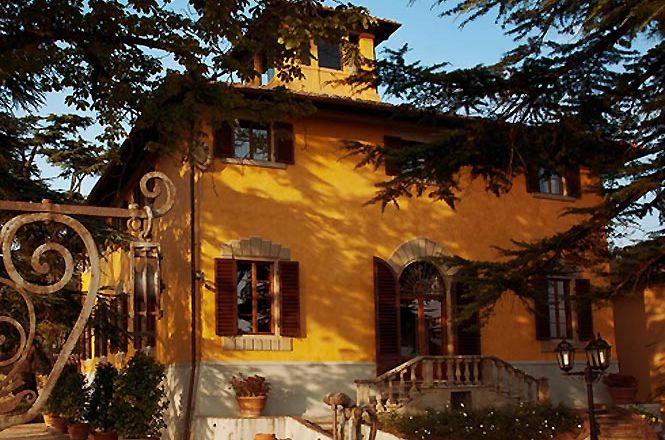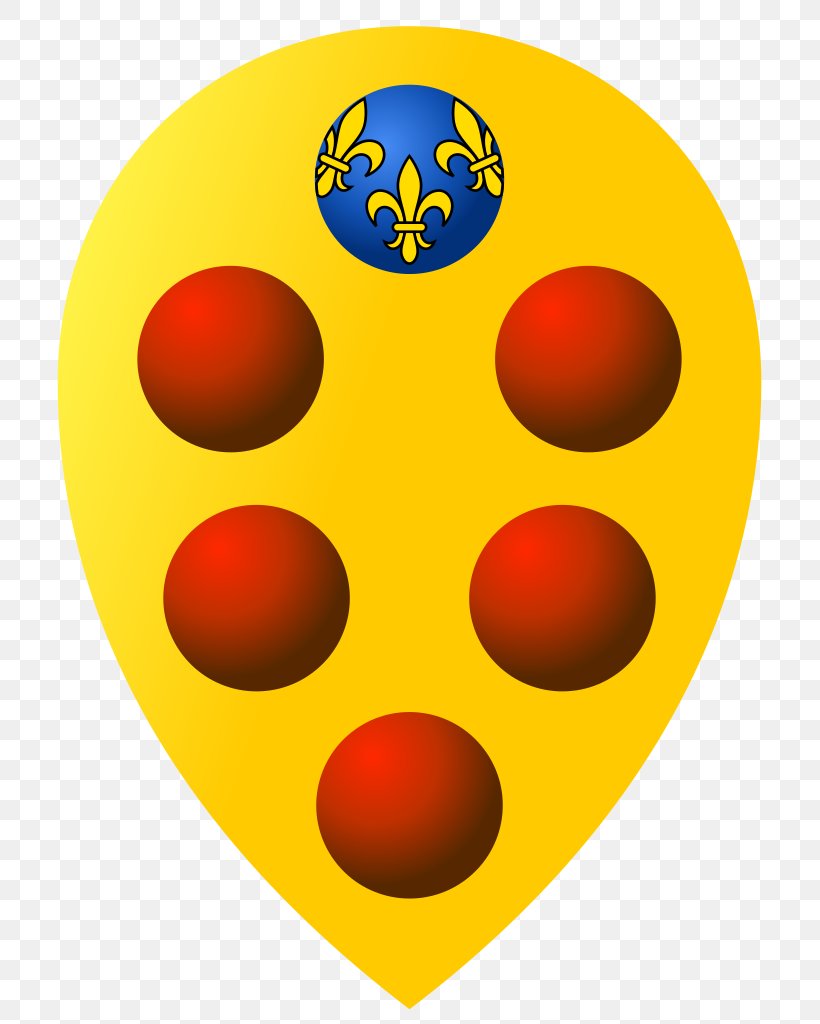Table Of Content

But their policy of consolidating their position by controlling the government—the work of the descendants of Chiarissimo II (himself the grandson of the first known Medici)—resulted in 50 years of serious misfortunes for the family (1343–93). It was through Giovanni's election to the Signoria that he started gaining supporters and thus influence. He was never actually in a political position of power and his interest in politics extended only as far as it impacted the family business, which was both banking as well as the wool industry. They were still far less notable that other leading families in Florence, such as the Strozzi or the Albizzi but supporting the pope in Rome was a wise move.
What is the Medici family best known for?
The last of the great banking Medici line, Piero il Fatuo (“the Unfortunate”), only ruled Florence for two years before being expelled. Under Cosimo’s rule and that of his son and grandson, Renaissance culture and art flourished in Florence. Their influence had declined by the late 14th century, however, when Salvestro de Medici (then serving as gonfaliere, or standard bearer, of Florence) was banished from the city in 1382 due to his oppressive policies and was forced to live in exile. Cosimo III married Marguerite Louise d'Orléans, a granddaughter of Henry IV of France and Marie de' Medici. An exceedingly discontented pairing, this union produced three children, notably Anna Maria Luisa de' Medici, Electress Palatine, and the last Medicean Grand Duke of Tuscany, Gian Gastone de' Medici.
Cosimo I
The Medici were originally of Tuscan peasant origin, from the village of Cafaggiolo in the Mugello, the valley of the Sieve, north of Florence. Some of these villagers, in the 12th century perhaps, became aware of the new opportunities afforded by commerce and emigrated to Florence. There, by the following century, the Medici were counted among the wealthy notables, although in the second rank, after leading families of the city. After 1340 an economic depression throughout Europe forced these more powerful houses into bankruptcy. The Medici, however, were able to escape this fate and even took advantage of it to establish themselves among the city’s elite.
The Medici dynasty: origins and history
Salvestro more or less willingly stirred up an insurrection of the ciompi, the artisans of the lowest class, against his rivals and, after the rebellion’s victory, was not above reaping substantial monetary and titular advantages. His memory, however, was still alive in 1393, when the popolo magro (“lean people”) once more thought it possible to take over the signoria. The mob hastened to seek out Salvestro’s first cousin, Vieri, who was, however, able to fade away without losing face.
Medici: The Magnificent Season Three analysis - The Florentine
Medici: The Magnificent Season Three analysis.
Posted: Mon, 08 Jun 2020 07:00:00 GMT [source]
One successful version is decorated with a blue ball from the lilies of France, thanks to the concession of the king of France. We know that many Florentine families had balls of different colors and numbers in their coats of arms. Maybe they were derived simply from the studs on the shield that were colored for becoming decorative. In addition to commissioning art and architecture, the Medici were prolific collectors, and today their acquisitions form the core of the Uffizi museum in Florence. In architecture, the Medici are responsible for some notable features of Florence, including the Uffizi Gallery, the Boboli Gardens, the Belvedere, the Medici Chapel, and the Palazzo Medici. The grand project of Cosimo was to unify all of Tuscany, and to that end he undertook wars with Pisa, Lucca, and Siena.

Why were the Medici important to the Renaissance?
In the realm of abstract expressionism, Medici’s Elements series reveals the earth’s natural resources in four large acrylic canvases depicting earth, wind, fire and water in vibrant textured colors. “We’re living in divisive times and it’s important to remember we’re on this big rock floating in the middle of space,” he says. Medici is the premier resort apartment home community in DTLA, gracing the dynamic new downtown Los Angeles skyline. The twelve unique floor plans ensure you find the right home to fit your lifestyle. In addition to enjoying the pool and tennis courts on the estate in good weather, there are other activities to consider, like a jeep tour of the vineyards, picnics and wine class. Also to keep in mind—Artimino is near Prato, a city with many art and architectural treasures, along with an abundance of exceptional bakeries to visit and delicious local sweets to try.
The Secret Passages Tour of Palazzo Vecchio gives you access to hidden rooms, including the famed studiolo with its secret doors. Today this elegant palace’s highlights are the internal courtyard and the Magi Chapel, a frescoed room by Benozzo Gozzoli. It depicts the scene of the Magi travelling to Jerusalem to deliver their gifts to the baby Jesus. The artist, following a Renaissance trend, put his patrons in the scene.
The building is now the site of Florence's famed Uffizi Gallery, home to many great Renaissance-era treasures amassed by the Medicis since the time of Cosimo the Elder. One unproven story traces their ancestry to a knight of Charlemagne's, Averardo, who defeated a giant, Mugello. In reward, Charlemagne is said to have rewarded Averardo with the shield mauled by the giant, with the dents in the shape of balls, and the giant's lands in Mugello. Los Angeles-based artist George Medici creates contemporary works that are not bound by traditional styles.
Medici family summary
Florence's Medici Family Used Portraits as Propaganda Smart News - Smithsonian Magazine
Florence's Medici Family Used Portraits as Propaganda Smart News.
Posted: Wed, 23 Jun 2021 07:00:00 GMT [source]
After Lorenzo’s premature death at the age of 43, his eldest son Piero succeeded him, but he soon infuriated the public by accepting an unfavorable peace treaty with France. After only two years in power, he was forced out of the city in 1494, and died in exile. Members of the family rose to some prominence in the early 14th century in the wool trade, especially with France and Spain. Despite the presence of some Medici in the city's government institutions, they were still far less notable than other outstanding families such as the Albizzi or the Strozzi.
They were more than beneficent and ostentatious patrons of the arts; they were also enlightened and were probably the most magnificent such patrons that the West has ever seen. Lorenzo's heir and eldest son, Piero, called "the Unfortunate", squandered the family's remaining money and brought down the Medici dynasty in Florence in 1494. Luckily, the second son, Giovanni, had become Pope Leo X and retook Florence less than 20 years later. In 1537, when the first Duke of Florence, Alessandro de' Medici (their cousin), was assassinated, the "senior" branch of the family ended.
Cosimo the Elder was a dedicated patron to painters and sculptors, commissioning art and buildings by Brunelleschi, Fra Angelico, Donatello and Ghiberti. After the death of Cosimo II in 1720, the region suffered under ineffectual Medici rule. These later Medicis became more authoritarian in their rule of the region, which led to its decline as a cultural hub. Upon the defeat of the French armies in Italy by the Spanish, the Medicis returned to rule the city in 1512.
By the 1520s, nonetheless, the descendants of Cosimo the Elder had become few in number. To ensure that a Medici of the Cosimo line would continue to rule Florence, Pope Clement VII, nephew of Lorenzo the Magnificent, installed Alessandro (1511–37), reputedly his own illegitimate son, as hereditary duke of Florence. In the same year, 1532, Clement VII abolished the city’s old constitution. Lorenzo de’ Medici deservedly holds an honoured place in the history of Florence and Italy. Inheriting from his forebears a deep respect for arts and letters, he became a poet himself as well as a patron of artists and a skilled statesman. His three children, Piero (1472–1503), Giovanni (1475–1521)—later Leo X—and Giuliano (1479–1516), played contrasting roles in the city’s history.
Giovanni di Bicci de’ Medici, the first patron of the arts in the family, helped Masaccio and commissioned Brunelleschi for the reconstruction of the Basilica of San Lorenzo in Florence in 1419. Their financial support of the arts and humanities helped to make Renaissance-era Florence a thriving cultural center. The successor to the throne―Ferdinando II―was too young to reign, so his mother and grandmother reigned for him and―just to summarize―caused a lot of trouble! Some members of the Medici family tried to keep up the family name, but it was near the end of the dynasty, and the city of Florence was in the midst of disputes and barters of the ruling houses all over Europe. There were many sons of Grand Duke Cosimo, but three of them, along with their mother Eleanor, died of malarial fever during a family trip in Maremma, where Cosimo had ordered the reclamation of the marshes. Grief stricken, Cosimo decided to retire from politics and left his son Francesco I in command.

No comments:
Post a Comment